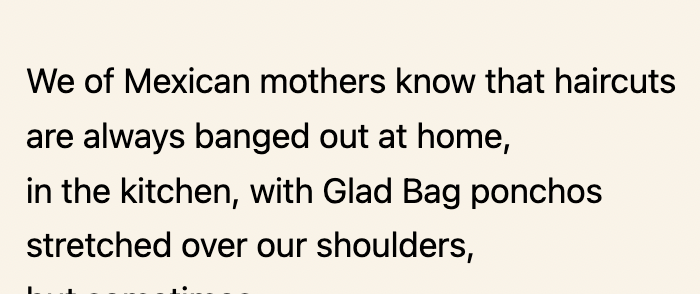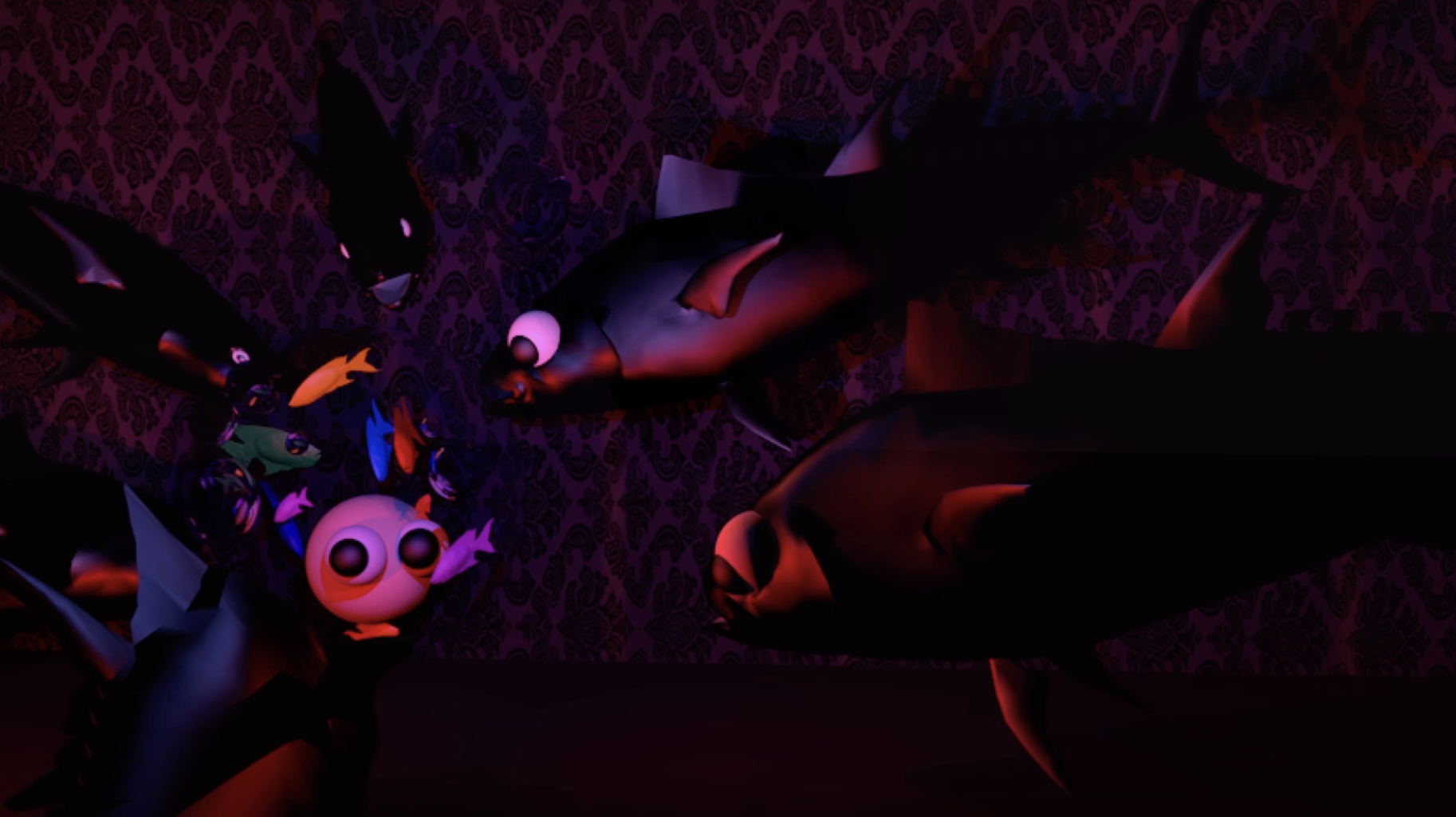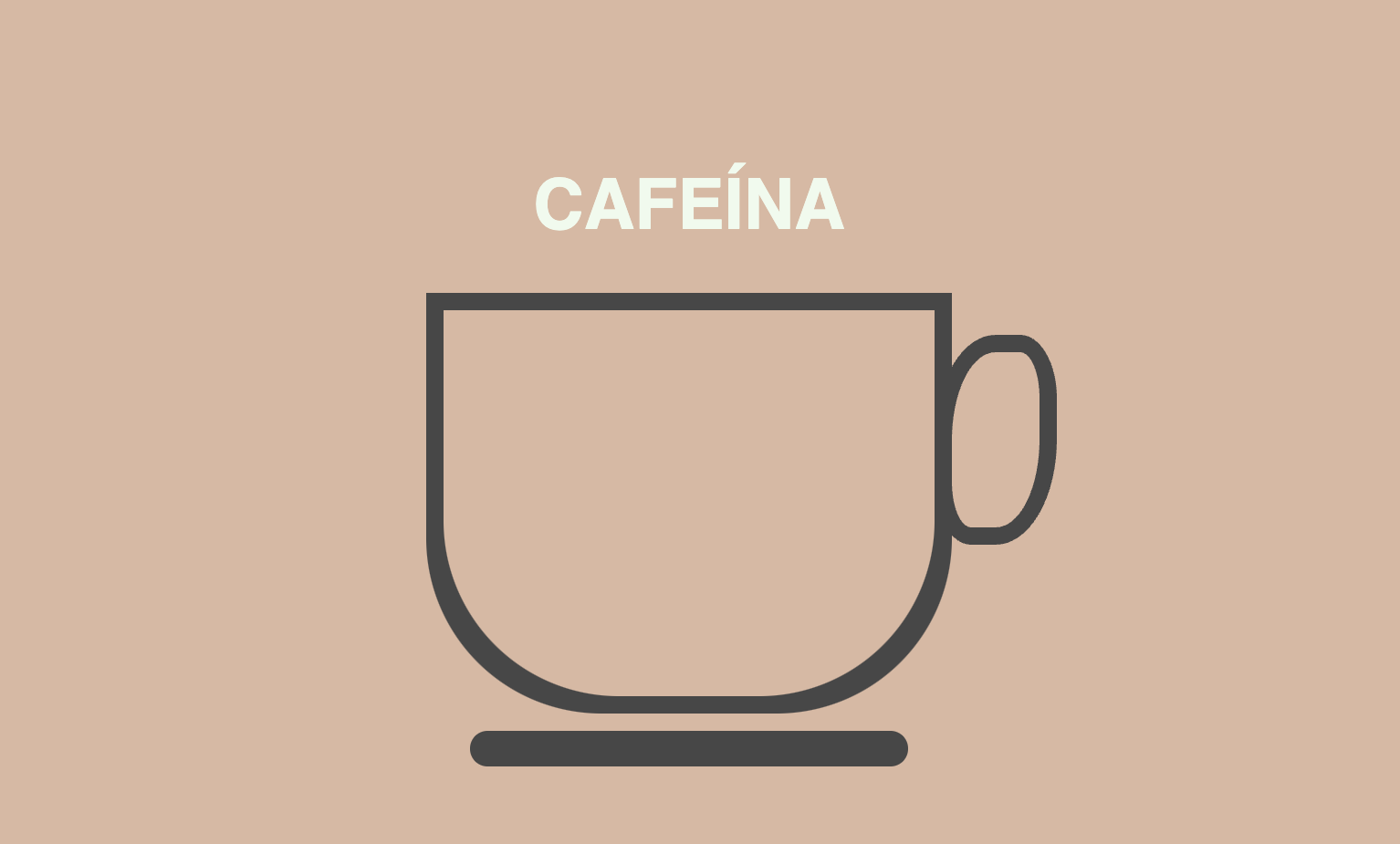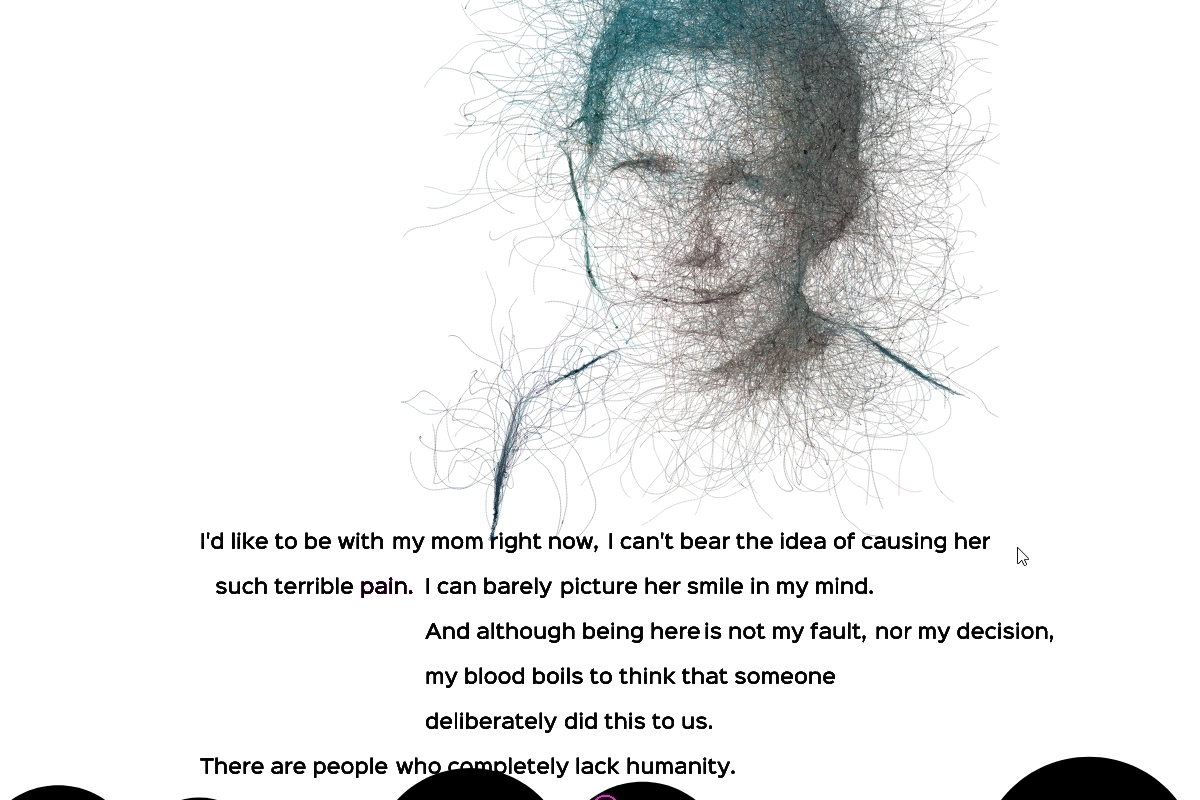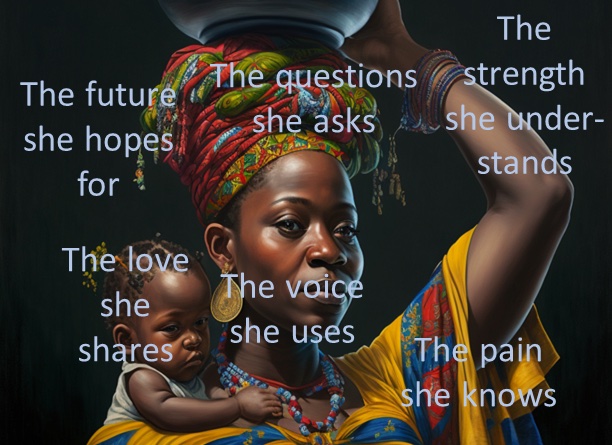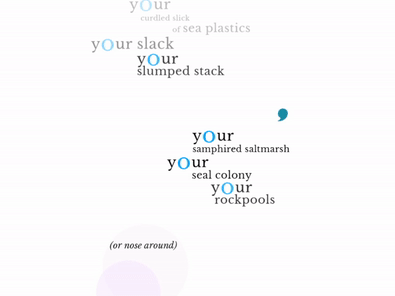“Swimming Under Water in Our Bodies (Sheltering in Epidermis)”
By Akari Komura
Please view the piece in fullscreen at this link and use a Safari browser for the best experience.
“Swimming Underwater in Our Bodies (Sheltering in Epidermis)” emanated from meditating on the term “epidermal thinking.” It essentially implies the digitization of human body parts for the purpose of surveillance information. This concerns the ontological insecurity and epistemologies regarding the imposition of race on the body and poses a question: what does it mean to genuinely be in possession of safety? This piece focuses attention on comparing the feeling of safety and the reality of safety through a perspective of the epidermis, our human skin, as an anatomical feature that divides our internal and external spheres. The element of water plays an important role in the work to symbolize the duality in the feeling of safety and reality of safety for it being an external survival resource as well as an internal flow of life contained within our bodies.
The creative process began with conducting interviews with these four common questions: #1) When do you feel the safest in a day?; #2) Where do you feel the safest?; #3) What is an object/clothing/any physical material that brings you comfort or a feeling of safety?; and #4) What is a body posture that makes you feel safe, comforting, and/or protected? The composer interviewed a total of fifteen people between the age of 20 to 30 and recorded their verbal responses. Then, the participants were also asked to audio-record themselves taking shower. There was no further specific instruction other than being as usual as they can.
The work is an audio-visual collage of 15 individual speech recordings in response to #1-3 and the visual documentation of body images in response to #4. The audio files that get triggered by each image communicate threads of common words or phrases that are expressed concerning “safety” in many ways. The work gets enacted by the listener who initiates the act of soundmaking as a performer and attends to the subjective listening experience. The continuous flow of water in the visual and sonic background symbolizes how it exists in the external sphere concerning the reality of safety. The fifteen individual narratives express water that exists internally in our bodies regarding the feeling of safety.










